Sometimes you have to encourage your students to be detectives to dig deeper in order to find ideas that the author doesn't put in the text. Readers look for clues in the text which help them understand the story. Readers look for facts and details to determine what the author is telling them. In this post, I'm going to share some fun activities for Teaching Deep Thinking With Drawing Conclusions.
My friends with The Reading Crew and I will share ideas and tips for Teaching Deep Thinking. You can download FREE resources and enter to win $20 Teachers Pay Teachers Gift Cards.
Introducing Drawing Conclusions
A conclusion is a judgement or decision about a character, setting, or event. It's reached by applying deep thinking and reviewing information that's provided. Readers draw conclusions as they read to help them understand the story. Even though drawing conclusions and making inferences are similar, they are not the same. Often, readers draw conclusions from what additional information they gather or infer.This cute video is a great attention grabber.
Steps in Drawing Conclusions
- Review all the information stated about the person, setting, or event.
- Next, look for any facts or details that are not stated, but inferred.
- Analyze the information and decide on the next logical step or assumption.
- The reader comes up with a conclusion based on the situation.
Drawing Conclusions With Pictures
Another way to introduce drawing conclusions is with pictures. Students can look for clues in the picture that gives them an idea of what is going on. Students put together the clues that are provided and then draw the best conclusions to understand what's going on.What's in My Bag?
Teachers can add items to a bag that describe or represent a person, place, or thing. As items are taken out of the bag, students can write what is observed and inferred after looking at each item. Then, they can draw their conclusions after they see all the items. Click HERE to download my Graphic Organizers for Drawing Conclusions.
Who Am I?, What Am I?, Where Am I?
One of my favorite activities is using PowerPoint to present clues and visuals to teach drawing conclusions. Teachers can give students the template I've provided, which has 8 different clue slides. Students type facts about the person, place, or thing on each slide. A piece of the hidden picture is revealed after each clue.
Extension Activities
For extra practice with the skill, try the following website games and quizzes about drawing conclusions:Drawing Conclusions Game
Quia Drawing Conclusions
Drawing Conclusions Quiz
Jeopardy Drawing Conclusions











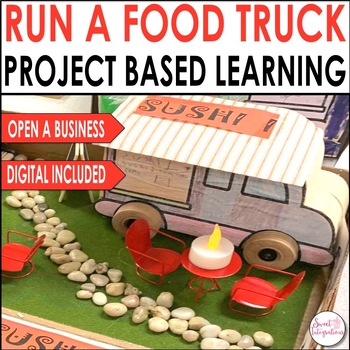

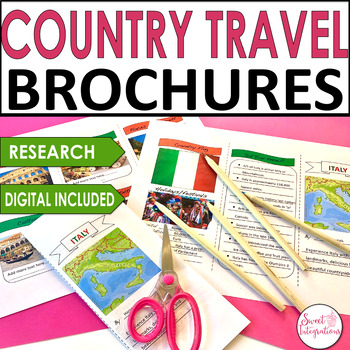
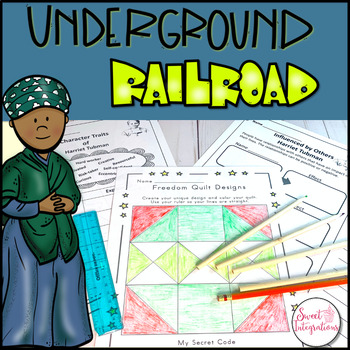

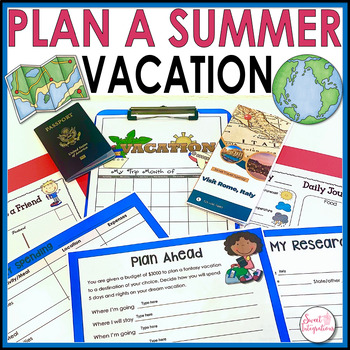



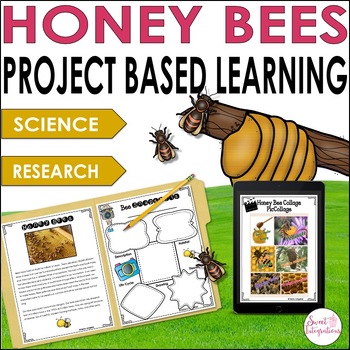



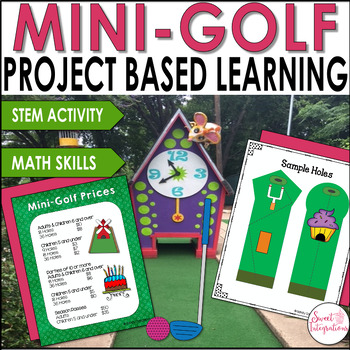


I really love the graphic organizers. Thank you so much!
ReplyDelete